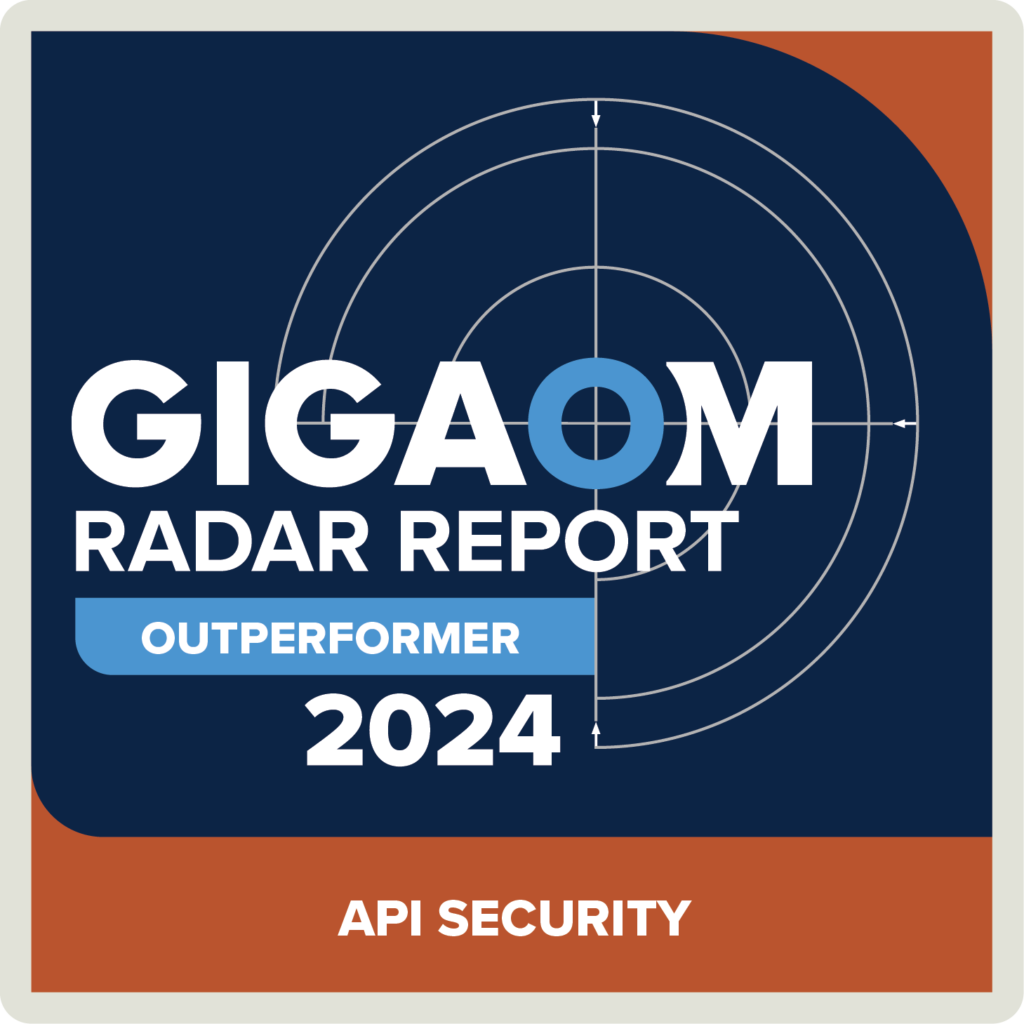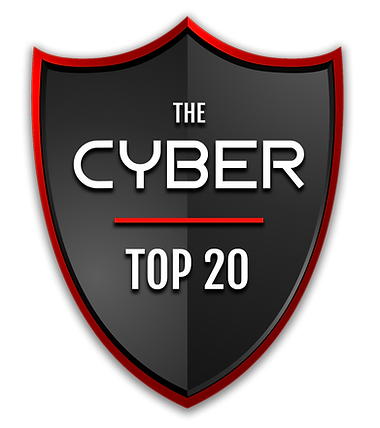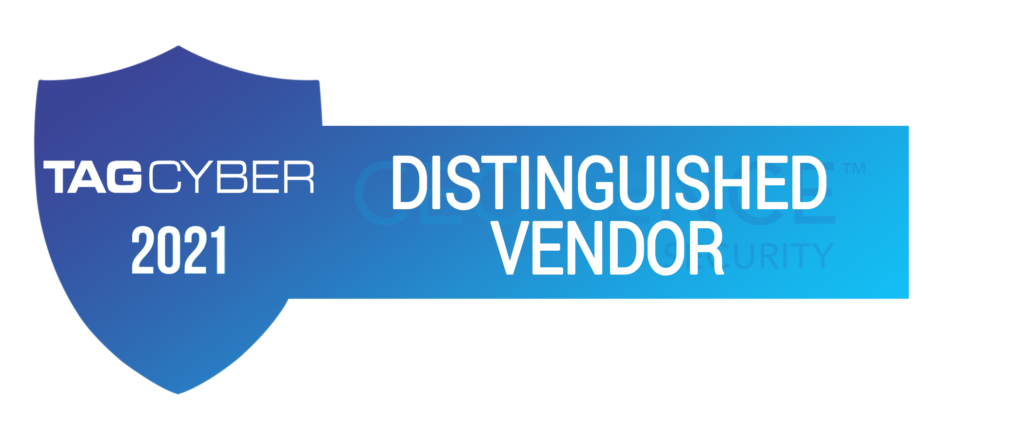Why Cequence
Billions of APIs Protected. Hundreds of Happy Customers.



Making the Most of Your API Security Investment
Operational Savings
Time to Value
Compliance Savings
Productivity Gains
How Cequence is Different
Continuous API Attack Surface Discovery
Discover your entire API attack surface with no software, agents, or traffic redirects providing a complete view into your internal, external, and third-party API assets, allowing you to discover your entire API attack surface in a matter of minutes.
Rapid and Flexible Deployment
No agents, JavaScript, or SDKs mean our streamlined deployments begin analyzing and protecting your APIs within minutes. Deploy without development team involvement as no third-party code integration is needed. Additional benefits to our low-impact approach include eliminating page-load delays and forced mobile app upgrades.
API Security Managed Services
Understaffed or overwhelmed by day-to-day API security tasks? Let Cequence Managed Services help. Backed by the CQ Prime threat research team and the largest threat database of malicious behaviors, known bad infrastructure, and attack tool kits, Cequence Managed Services provides you with the same API protection assistance used by some of the world’s largest and most demanding organizations.
Fortune 50 Customers
A modular architecture delivers unmatched scalability that enables our platform to analyze and protect 8 billion APIs per day for some of the world’s largest financial services, retail, and telecom organizations. Our modular Unified API Protection solution lets you choose the security architecture that fits your requirements whether SaaS, on-premises, or hybrid.
Real-Time Passive or Inline Protection
Instantly detect and respond to API attacks using behavioral fingerprints that track the attack, even as threat actors continually retool. Flexible mitigation actions include blocking, rate limiting, geo-fencing, and deceiving attackers with fake responses – all without relying on any third-party solution such as a WAF.
Complete Application & API Protection Offering
Cequence protects the applications and APIs that organizations depend on from attacks, business logic abuse, and fraud. Our unique Unified API Protection platform unites discovery, compliance, and protection capabilities, providing unmatched real-time security in the face of sophisticated threats.
Read verified reviews by our customers on Gartner Peer Insights

Recognized Innovation in Protecting Applications & APIs

















API Security and Bot Management FAQ
What is API Spyder, API Sentinel, and Spartan?
These were former products. API Spyder and API Sentinel have been combined into API Security, and Spartan is now called Bot Management. Functionality for existing customers is not affected by these semantic changes.
What is bot management?
Bot management is the process of detecting bots, which are purpose-built software designed to automate and scale certain tasks, determining whether they are malicious, and then mitigating undesired bots to prevent negative effects on the business. Malicious bots are simply a vehicle for automated attacks; organizations may encounter many different types of bot attacks against their applications and APIs such as account takeover (ATO), sensitive data exposure, credential stuffing, content scraping, gift card or loyalty program abuse, fake account creation, and more.
Traditional bot management techniques such as IP reputation-based and JavaScript-based CAPTCHA solutions were once sufficient, but no more. Attackers utilize bulletproof proxies and hijacked residential IPs to bypass IP reputation-based products, and CAPTCHAs can be avoided, don’t cover all applications and APIs, and now can be easily solved by generative AI (GenAI).
A successful and future-proof solution now requires multi-dimensional behavioral anomaly detection and native, network-based mitigation that can track attacks as they evolve and prevent bot attacks from reaching the target applications and APIs. To learn more, read the What is Bot Management? blog.
What problems does bot management solve?
Bots are simply a vehicle for automated attacks, and organizations may not always be aware that they have a bot problem. Some of the common attacks that bots enable at scale include:
- Account takeover (ATO) – Gaining unauthorized access to legitimate user accounts, usually with stolen credentials
- Sensitive data exposure – Accessing inadvertently exposed sensitive data from applications and APIs
- Credential stuffing – Accessing protected services with stolen, legitimate credentials
- Flash sales, hype sales, and ticket scalping – “Jumping the line” to acquire products that would otherwise be available to legitimate customers or purchasing in-demand products quickly for resale
- Content scraping/IP theft – Scraping data from web applications or APIs for esale, ransom, or other nefarious purposes • Gift card/loyalty program abuse – Brute-forcing card object combinations such as card numbers or PINs to access valid gift cards or loyalty programs
- Fake account creation – Creating user accounts from fake or stolen user identity information
- SIM swapping – Cellular account takeover that compromises user accounts through unauthorized SIM swaps
What is API Security?
API Security is a crucial aspect of ensuring the protection and integrity of application programming interfaces (APIs) by implementing essential measures to counter risks and vulnerabilities that could lead to data breaches, fraudulent activities, and operational disruptions. To achieve optimal API security, it is vital to adhere to three core principles: API discovery, risk and compliance analysis, and threat remediation and mitigation. Key concepts in API security include secure API management, data security, and safeguarding sensitive information.
- The initial step in API Security involves the identification and cataloging of all APIs, including managed, unmanaged, shadow, zombie, third-party, internal, and external APIs. This process ensures proper access management, compliance with OWASP API Security guidelines, and overall network and application security.
- The second phase, API Security risk analysis emphasizes identifying coding errors that may expose vulnerabilities (API risks) and targeted attacks that could exploit these vulnerabilities or attempt to manipulate business logic (API threats). Detecting attacks and threats necessitates more comprehensive analysis, which may involve human intervention, digital tools, or a combination of both.
- The final aspect of API Security involves the detection and remediation of risks and the mitigation of threats identified during the detection phase. Risk remediation involves notifying the development team of the detected risks and confirming the implemented fixes through continuous analysis, testing, and cybersecurity measures. Native threat mitigation necessitates real-time responses without relying solely on signaling a web application firewall (WAF) or employing other tools. Implementing authentication protocols such as OAuth, securing cloud-based applications, and maintaining rigorous application security standards are essential to preventing unauthorized access and ensuring the protection of sensitive data.
API Security is vital for safeguarding APIs from potential threats and vulnerabilities, ensuring data security and the protection of sensitive information. By following the three fundamental principles of API discovery, risk and compliance analysis, and risk and threat remediation and mitigation, organizations can create a secure environment for their APIs, applications, and networks. To learn more, read the What is API Security? blog.
What is Unified API Protection?
Unified API Protection is the practice of protecting your application programming interfaces (API) from threats and vulnerability exploits throughout the API protection lifecycle: API discovery, inventory, risk analysis and compliance, security testing, threat detection, and threat mitigation. Unified API Protection goes beyond the using point products to address individual phases, such as compliance or testing, along with legacy security technologies to protect your APIs.
Unified API Protection begins with the discovery and inventory of all public-facing APIs along with their associated resources. Then using that inventory to continually track all APIs – managed, unmanaged, shadow, zombie, third-party, internal and external.
Unified API Protection continues with compliance, accomplished by analyzing APIs to enforce OpenAPI specification conformance, and adherence to government regulations like PCI. Compliance also entails continuous risk assessment to find coding errors quickly. Unified API Protection solutions include threat detection to find vulnerability exploits and business logic attacks.
Finally, Unified API Protection solutions also include threat mitigation and API security testing. Threat mitigation means using alerts, real-time blocking and even deception for attack response, without the need to signal third-party tools. API security testing uses API specific test cases to help security and development teams uncover and remediate errors before they become security incidents.
What are the types of API Security?
The types of API security solutions available can include API gateways, web application firewalls (WAF), API specific security tools and Unified API Protection. It’s important to understand how each of these tools addresses an organizations’ API security requirements, which typically entail API discovery, threat and risk detection followed by mitigation and remediation.
The first type of API security are API gateways, which are designed to aggregate and manage APIs. API gateways include basic security functions such as rate limiting and IP block lists. API gateways are unable to proactively discover APIs and do not perform threat detection, risk analysis, remediation or mitigation.
The next type of API security is a WAF, which is web focused and do not perform automated API discovery, or uncover coding errors. WAFs use signatures to detect known vulnerabilities found in the OWASP Web Application Top 10 Threats list.
The third type of API security is an API specific toolset which focuses on helping development produce APIs with fewer errors. These tools fall short of addressing the complete set of API security requirements defined above.
The most complete type of API security is a Unified API Protection solution, complete with API discovery, threat and risk detection followed by mitigation and remediation. Unified API Protection goes beyond using point products to address individual phases, such as compliance or testing, along with legacy security technologies to protect your APIs.
What are common API Security Risks?
Common API security risks are those defined by the Open Web Application Security Project (OWASP) API Security Top 10, business logic attacks, known informally as OWASP API 10+ and coding errors that are exploited by attackers.
Common API security defined by the OWASP API Security top 10 list include a threat definition and how to address them. Examples include sensitive data exposure, authentication errors, resource and rate limiting. A top 10 list means there are many others, so it’s important to use OWASP API Top 10 as a starting point.
A common API security risk often overlooked is business logic abuse, or attacks on perfectly coded APIs. Known informally as OWASP API 10+, this category encompasses the different ways perfectly coded APIs are attacked using techniques outside of the OWASP API Security Top 10. Examples include large scale shopping bots, enumeration attacks and account takeovers – all against properly coded APIs.
The last group of common API security risks are unknown vulnerability exploits caused by API coding errors. . This group of API security risks places significant emphasis on API testing as well as continuous threat detection and mitigation to protect the improperly coded API while a fix is rolled out.
What are API Security Best Practices and Strategies?
Application Programming Interfaces (APIs) have become an integral part of modern software development, enabling seamless integration and communication between various applications, services, and platforms. As the reliance on APIs grows, so does the need for robust API security measures to protect sensitive data and ensure the overall stability of digital ecosystems. This comprehensive guide will provide an in-depth understanding of API security, its importance, best practices, and strategies to help you secure your APIs and safeguard your organization from potential risks.
Table of Contents:
Understanding API Security: Importance and Challenges
Key Components of Effective API Security- API Discovery and Inventory
- API Risk and Threat Detection
- API Risk Remediation and Threat Mitigation
- Security Best Practices
- Implement Strong Authentication and Authorization
- Detect attacks on both managed and unmanaged APIs
- Apply Rate Limiting and Throttling
- Encrypt Data in Transit and at Rest
- Validate Input Data and Use Parameterized Queries
- Regularly Monitor and Audit API Inventory and Activity
- Keep APIs Updated and Patched
- API Security Tools and Technologies
- Web Application Firewalls (WAFs)
- API Gateway Solutions
- API Security Testing Tools
- API Management Platforms
- Bot management Solutions
- API Attack Surface Management tools
- API Security Tools
- Unified API Protection Platforms
- Building a Comprehensive API Security Strategy
- Creating an API Security Inventory
- Performing risk and compliance analysis on APIs
- Creating an API Security Policy
- Integrating Security into the API Development Lifecycle
- Conducting Regular Security Assessments and Penetration Testing
- Detecting and stopping live API attacks
- Ensuring Continuous Improvement and Adaptation
As APIs continue to play a critical role in the digital landscape, ensuring robust API security is more crucial than ever. By comprehending the key components of API security, implementing best practices, and utilizing the appropriate tools and technologies, organizations can effectively mitigate risks, safeguard sensitive data, and maintain the integrity of their digital ecosystems. This all-encompassing guide to API security serves as an invaluable resource for both technical and non-technical stakeholders, assisting them in the development and maintenance of secure APIs and, ultimately, contributing to the overall security posture of their organization.
What is the difference between API Security and API Protection?
API security and API protection are two terms often used interchangeably in cybersecurity. However, these terms refer to distinct yet overlapping concepts. You can secure your APIs all day along but clever hackers will always find a way to launch attacks on perfectly coded APIs. This is why organizations need to protect APIs in addition to securing them.
API security focuses on the principles and methods used to secure an Application Programming Interface (API) from malicious exploits, unauthorized access, and other potential cyber threats. It involves a broad range of practices such as authentication, authorization, encryption, and input validation to safeguard the API. The goal is to ensure that only authorized entities can interact with the API and that they can only perform actions that align with their granted permissions. API security is about managing the risks associated with exposing APIs, which are the critical interfaces that connect systems, services, and data.
On the other hand, API protection encompasses API security but also extends beyond it. While API security is more focused on preventing unauthorized access and malicious attacks, API protection involves a more holistic view of maintaining the integrity, availability, and performance of APIs. In addition to API security, it includes two other key components:
- Discovery – Detecting all APIs using both inside-out and outside-in methods to know exactly where we need to apply API security tools.
- Threat Protection – Once threats are detected, stop them in their tracks natively without relying on a third-party solution such as a WAF. It includes measures to protect against threats such as Denial of Service (DoS) attacks, rate limiting to manage the number of requests an API can handle, and continuous monitoring to detect any unusual activities or anomalies.
Furthermore, API protection includes managing the API lifecycle, versioning, and deprecation to ensure that the APIs continue to serve their intended purpose without disruption. It also deals with the quality of the APIs, ensuring that they are robust, reliable, and efficient. API Protection takes into account not just security but also the overall health and performance of APIs.
In summary, while API security is an integral component of Unified API Protection, the latter takes a more comprehensive approach. Unified API Protection considers all aspects that could affect the usability, reliability, and performance of APIs. It is essential for organizations to focus on both API security and API protection when developing and managing APIs to ensure they deliver their intended functionality securely, reliably, and efficiently.
This is why, for a business to thrive in today’s interconnected digital world, a holistic approach that encapsulates both API security and API protection is critical.